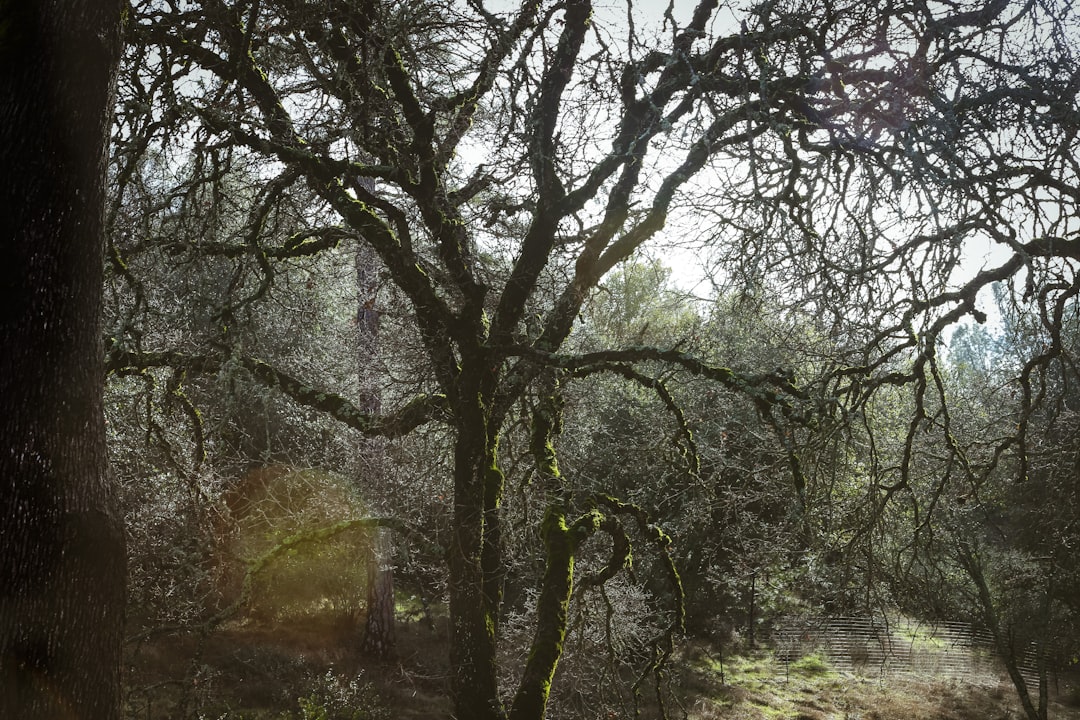Nature's Invitation: Shrubs That Welcome Birds Sustainably

When it comes to gardening, shrubs play a vital role in creating a beautiful and ecologically - friendly landscape. One of the most rewarding aspects of incorporating shrubs into your garden is the ability to attract birds. These feathered friends not only add a touch of charm with their colorful plumage and melodious songs but also contribute to the overall health of the ecosystem.
There are numerous shrubs that can serve as both a shelter and a food source for birds without causing any harm to the environment. Let's explore some of these wonderful alternatives.
Serviceberry (Amelanchier)
Serviceberry is a multi - stemmed shrub or small tree that offers multiple benefits. In the spring, it produces lovely white flowers that are a sight to behold. As the season progresses, these flowers give way to small, edible berries. Birds such as robins, cedar waxwings, and bluebirds are particularly fond of these berries. The branches of the serviceberry also provide excellent shelter for birds to build their nests. It is a native plant in many regions, which means it is well - adapted to the local climate and requires less maintenance. Moreover, being native, it supports the local ecosystem by providing food and habitat for native bird species.
Winterberry (Ilex verticillata)
Winterberry is a deciduous holly shrub that is a real showstopper in the winter months. While most hollies are evergreen, winterberry loses its leaves in the fall, leaving behind bright red berries that stand out against the winter landscape. These berries are a crucial food source for birds during the cold season when other food options are scarce. Birds like thrushes, waxwings, and finches flock to winterberry shrubs. Additionally, the dense branches of winterberry offer protection from harsh winds and predators. When planting winterberry, it's important to note that you need both male and female plants for berry production.
Spicebush (Lindera benzoin)
Spicebush is a fragrant native shrub that has a lot to offer. In the spring, it produces small yellow flowers. But it's the red berries in the fall that are a major draw for birds. Many species of warblers, thrushes, and vireos rely on spicebush berries as an energy - rich food source during their migration. The leaves of the spicebush also have a unique spicy aroma when crushed. The shrub provides good cover for birds, and its structure allows them to move around easily while foraging and seeking shelter.
Chokeberry (Aronia)
Chokeberry comes in two main varieties: red chokeberry (Aronia arbutifolia) and black chokeberry (Aronia melanocarpa). Both are excellent choices for attracting birds. The berries of chokeberry are rich in antioxidants and are eaten by a wide range of birds, including grouse, pheasants, and songbirds. The shrubs have a dense growth habit, which provides a safe haven for birds to rest and nest. Chokeberries are also tolerant of a variety of soil conditions, making them a versatile addition to any garden.
Buttonbush (Cephalanthus occidentalis)
Buttonbush is a wetland shrub that can thrive in moist to wet soil. It produces unique spherical flower heads in the summer, which later turn into small, button - like fruits. These fruits are a favorite among waterfowl, such as ducks and geese, as well as many songbirds. The shrub's structure, with its spreading branches and dense foliage, offers a secure place for birds to hide and build their nests. Buttonbush is also an important plant for pollinators, attracting bees and butterflies in the summer.
When planning your garden with these bird - attracting shrubs, it's essential to consider the layout. Grouping different shrubs together can create a more diverse and appealing habitat for birds. You can also add other elements like bird feeders and birdbaths to enhance the attractiveness of your garden. By choosing these environmentally - friendly shrubs, you are not only creating a beautiful landscape but also contributing to the conservation of bird populations.
In conclusion, the world of shrubs offers a plethora of options for gardeners who want to attract birds. Each of these shrubs has its own unique features, from the delicious berries to the protective branches. By incorporating them into your garden, you can transform it into a haven for birds, a place where they can find food, shelter, and a safe place to raise their young. So, roll up your sleeves and start planting these wonderful shrubs to enjoy the beauty and benefits of a bird - friendly garden.